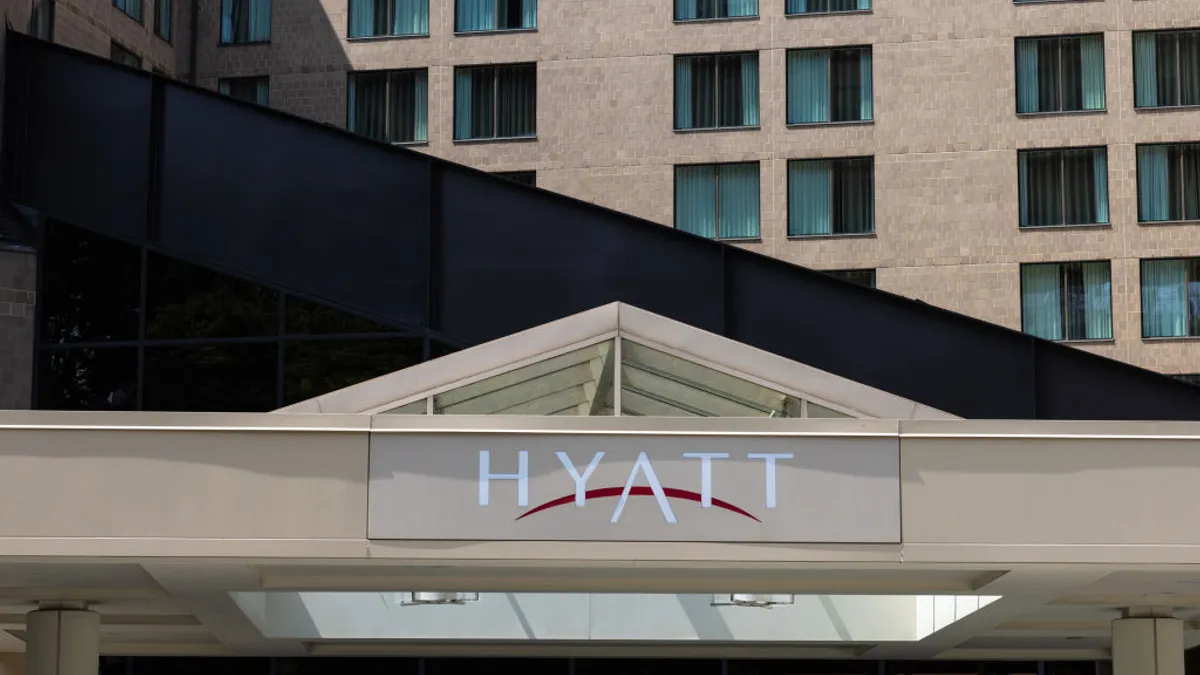Dive Brief:
- Employment in the U.S. leisure and hospitality industry increased by 96,000 jobs in September, 16,000 of which were in the accommodation sector, according to the latest jobs report from the U.S. Bureau of Labor Statistics.
- Jobs growth in the leisure and hospitality industry was up significantly month over month, growing by 56,000 more jobs (71%) in September compared to August. The accommodations sector, in particular, added 7,400 more jobs in September than August, an 86% increase in jobs added month over month.
- Despite this significant hike in jobs growth, the accommodation sector’s employment levels still lag behind pre-pandemic levels.
Dive Insight:
Employment levels in the leisure and hospitality industry have continuously increased month over month for the last 12 months, growing by an average of 61,000 jobs per month, according to the BLS report. And in 2022, hotels alone supported 8.3 million American jobs, or nearly 1 in every 25 jobs.
Despite the ongoing jobs growth, at the end of September, employment levels for the accommodation sector were down by 217,000 jobs, or 10.3%, compared to February 2020 levels. And in May, 82% of hoteliers still reported staffing shortages and trouble filling critical roles, despite efforts by some to increase pay or expand benefits to attract new and former employees to the industry.
Hoteliers’ efforts have not been enough, though, to recoup job losses — as demonstrated by ongoing labor disputes across the country. Thousands of hotel workers in Southern California are holding the area’s largest multihotel strike in history, hoping to achieve higher wages, and hospitality union workers in Las Vegas voted last month to authorize a strike on 22 casino resorts on the Strip, including properties owned by MGM Resorts International, Caesars Entertainment and Wynn Resorts.
Only two hotels in Los Angeles — the Westin Bonaventure Hotel & Suites and the Biltmore Los Angeles — have achieved tentative agreements with striking union workers.
As disputes continue, hoteliers continue to look for creative solutions to combat their staffing shortages. For some, that has meant working with staffing apps that connect them with temporary workers.










